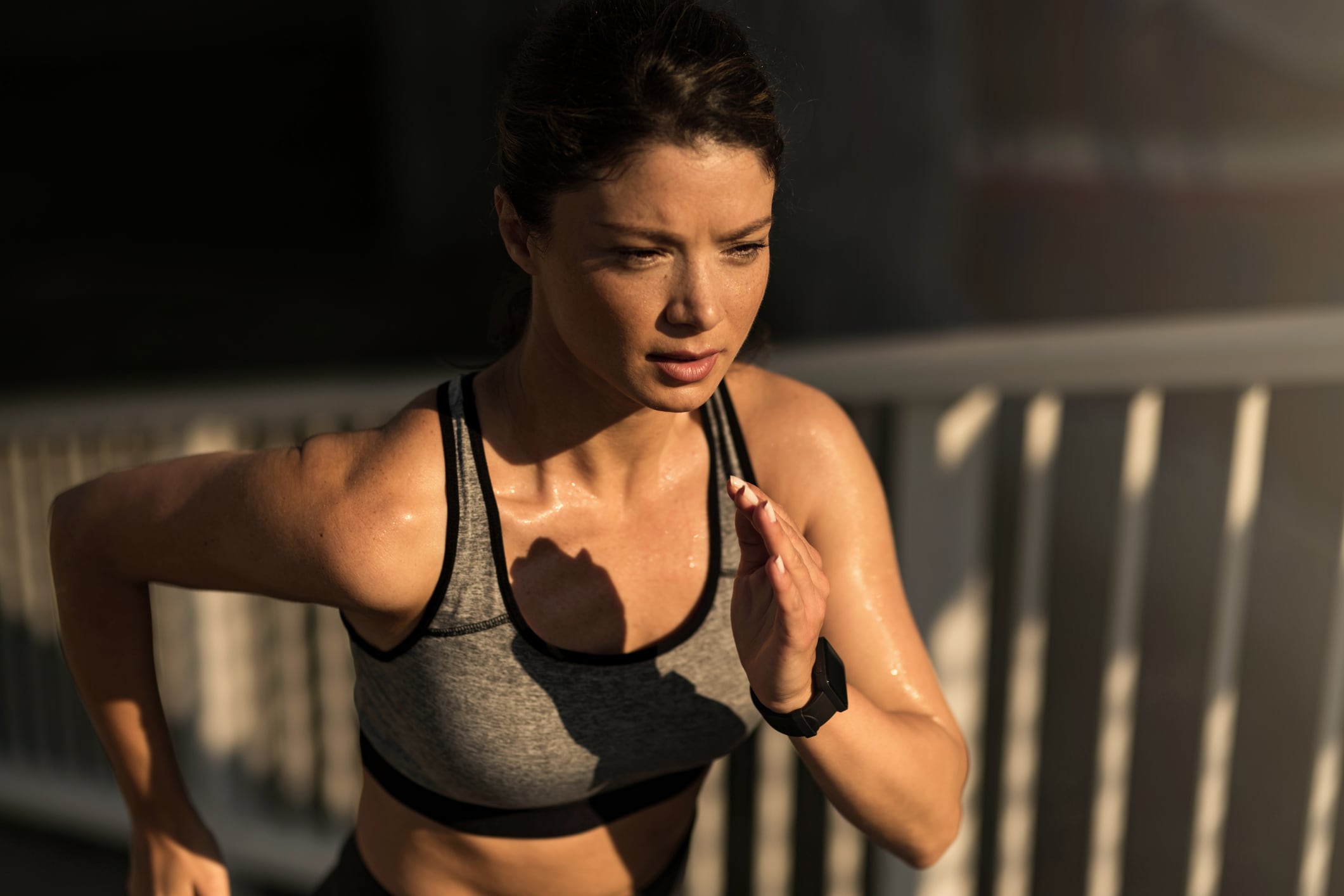For years, researchers believed that different phases of the menstrual cycle had a strong impact on factors like strength, endurance, injury risk or metabolic responses.
More recent studies, however, have found that the impact of the menstrual phase could be less clear-cut than early work suggested, according to experts participating in a panel discussion on the Female Athlete at the recent NutraIngredients Active Nutrition Summit.
Problems with past findings
As Dr. Nicky Keay, honorary clinical lecturer at University College London, explained, some previous research did not track the menstrual cycle precisely and sometimes grouped phases together incorrectly. For example, ‘early follicular’ and ‘late follicular’ were often “lumped together,” she said, noting that the two are very distinct phases that differ significantly in estrogen levels, follicle-stimulating hormone levels and luteinizing hormone levels.
When more precise methods are used, such as hormone assays, consistent timing and repeated measures, what were previously understood as ‘big’ effects appear to disappear or shrink.
Keay cautioned that “statistical significance is not synonymous with clinical significance,” emphasizing that even if findings are not due to chance, the observed difference may still be too small to have a practical impact on real-world performance. She explained that this does not mean the menstrual cycle never matters, but rather that its influence is often smaller, more variable between individuals, and not always relevant for every measure. This distinction is important to avoid overestimating the influence of the menstrual cycle in athletic contexts.
Evolving research
Recent research has shown that the menstrual cycle may not affect certain performance parameters in female athletes as rigidly as previously believed, said Professor James Morton, chief scientific officer at Science in Sport (SIS).
“When you look across the literature, some recent studies in the last year have shown no difference in parallelism at different stages of the cycle,” he explained. “This is good news for researchers because it makes studies easier to conduct. Instead of waiting month by month to run a photo trial, we can now complete it all within the same month.”
One study investigated whether different stages of the menstrual cycle and hormone levels would affect endurance performance in trained female athletes, with 21 athletes completing tests across three MC phases: early follicular, ovulatory and midluteal.
They completed tests that included various athletic challenges, and researchers tracked each athlete’s cycle phase using calendars, hormone tests and ovulation checks.
Results showed that menstrual cycle phase and estrogen and progesterone levels did not change performance measures like peak oxygen use, running efficiency, time to exhaustion or short sprint power. However, higher testosterone linked to better 30-second sprint power.
The researchers concluded that menstrual cycle phase did not affect performance, and while some athletes showed personal patterns, no single phase consistently boosted or reduced endurance.
In another study, researchers investigated how the menstrual cycle and different types of birth control pills affected how women burn carbohydrates and fats during rest and moderate exercise.
Results showed no real differences in fuel use between hormone phases in any group, both when resting and exercising, although the exception was that women with natural cycles burned more carbs than those on second-generation contraceptive pills (combined oral contraceptives that contain synthetic estrogen and a second-generation progestin) during exercise.
“I think this largely means that we do not have to rigorously control for menstrual cycle in future studies,” Morton told NutraIngredients. “This should mean trials are easier and quicker to run and also easier to recruit, which in my opinion is the biggest barrier to doing high-quality research at the moment.”
Personalized approaches
As research continues into understanding how the menstrual cycle phases affect female athletic performance, it is important to consider the nuance between people as opposed to simply sexes, Dr. Keay noted, and since every woman’s body reacts differently to hormone changes, there is not one single way the cycle impacts performance for everyone.
“Even though very positively more research is being focused on women, within the female population, there will be differences in biological response and other factors like age, health, etc,” she said. “Don’t assume all women are the same or clones! Take into account differences between women.”
According to Dr. Keay, the takeaway from these research developments is that athlete care should be personalized.
“There are differences in the biological response to hormone fluctuations between women, so there is no generic ‘impact’,” she said. “Therefore, a personalized approach is vital.”





